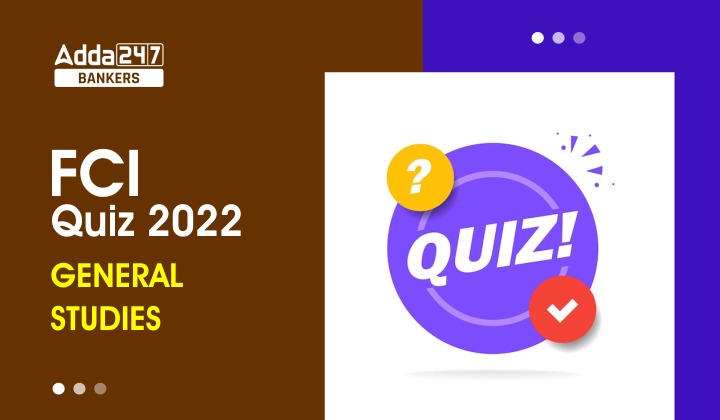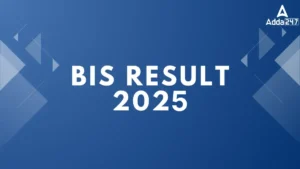Q1. When deep sea fishes are brought to the surface of the sea, their bodies burst. This is because the blood in their bodies flows at very
(a) high speed
(b) high pressure
(c) low speed
(d) low pressure
(e) None of the above
Q2. The photosynthesis occurs in the
(a) Day
(b) Night
(c) Day and Night
(d) None of these
(e) None of the above
Q3. The process of evaporation occurs from
(a) Root
(b) Stem
(c) Leaf
(d) Entire ‘plants’ surface
(e) None of the above
Q4. At which region of the electromagnetic spectrum do the plants photosynthesis?
(a) Red and Blue
(b) Green and Yellow
(c) Blue and Orange
(d) Violet and Orange
(e) None of the above
Q5. Which of the following is the cellular respiratory centre?
(a) Nucleus
(b) Mitochondria
(c) Ribosome
(d) Golgi body
(e) None of the above
Q6. Which of the following is a plant hormone?
(a) Adreneline
(b) Insuline
(c) Oxytocin
(d) Auxin
(e) None of the above
Q7. The water and mineral salts are transported to the various organs by which of the following?
(a) Xylem
(b) Phloem
(c) Cortex
(d) Cambium
(e) None of the above
Q8. The food material prepared in the plants is transported to the various organs by which of the following?
(a) Xylem
(b) Phloem
(c) Cortex
(d) Cambium
(e) None of the above
Q9. The time period of revolution of a geo-stationary satellite is –
(a) 12 hrs
(b) 24 hrs
(c) 48 hrs
(d) 6 hrs
(e) None of the above
Q10. By what mechanism does scent spread all over the room if the lid is opened?
(a) Pressure in the bottle
(b) Compression from the bottle
(c) Diffusion
(d) Osmosis
(e) None of the above
Solutions
S1.Ans. (a)
Sol. When deep sea fishes are brought to the surface of the sea, their bodies burst, this is because the blood in their bodies flows at very high speed.
S2.Ans. (a)
Sol. Photosynthesis can only happen in the presence of sunlight, as excitation of chlorophyll molecules need photons. Sunlight can be replaced by artificial white light.
S3.Ans. (c)
Sol. Leaves having stomata are the site at which gaseous exchange occur. Water is also transpired and evaporated in the form of water vapor from the leaf surface. Roots and stem doesn’t consist of any stomata, hence, evaporation doesn’t occur from these plant organs.
S4.Ans. (a)
Sol. In the visible spectrum of light the most of the light energy which is absorbed by green plants for carrying out photosynthesis, are from red and blue regions. Green light is mostly reflected back.
S5.Ans. (b)
Sol. The site of cellular respiration is mitochondrion as it involved in generation of energy, (ATP). Nucleus consists of genetic material which is transferred from one generation to another, ribosome helps in protein synthesis and Golgi apparatus helps in glycosylation.
S6.Ans. (d)
Sol. Auxin is the plant hormone and is responsible for root formation. Adrenaline, Insulin and Oxytocin are animal hormones.
S7.Ans. (a)
Sol. Xylem is responsible for transporting water and various mineral salts. Phloem is responsible for transportation of sucrose, cambium helps in secondary growth which gives rise to xylem and phloem and cortex is a ground tissue present in the plant organ, usually consisting of vascular bundles.
S8.Ans. (b)
Sol. The products of photosynthesis in green plants are made in leaves (mesophyll cells). Sugar molecules are synthesized, which are generally called as photosynthates. Phloem tissue carries these photosynthates to distant plant organs. Unlike conduction in xylem, the transport through phloem is multidirectional.
S9.Ans. (b)
Sol. Geostationary satellite orbits the earth directly over the equator. At geosynchronous orbit, the orbital period of the satellite matches the orbit of the Earth that is 24 hours.
S10.Ans. (c)
Sol. Diffusion refers to the process by which molecules intermingle as a result of their kinetic energy of random motion.



 GA Capsule for SBI Clerk Mains 2025, Dow...
GA Capsule for SBI Clerk Mains 2025, Dow...
 The Hindu Review October 2022: Download ...
The Hindu Review October 2022: Download ...
 BIS Result 2024-25 Out for ASO, JSA and ...
BIS Result 2024-25 Out for ASO, JSA and ...





